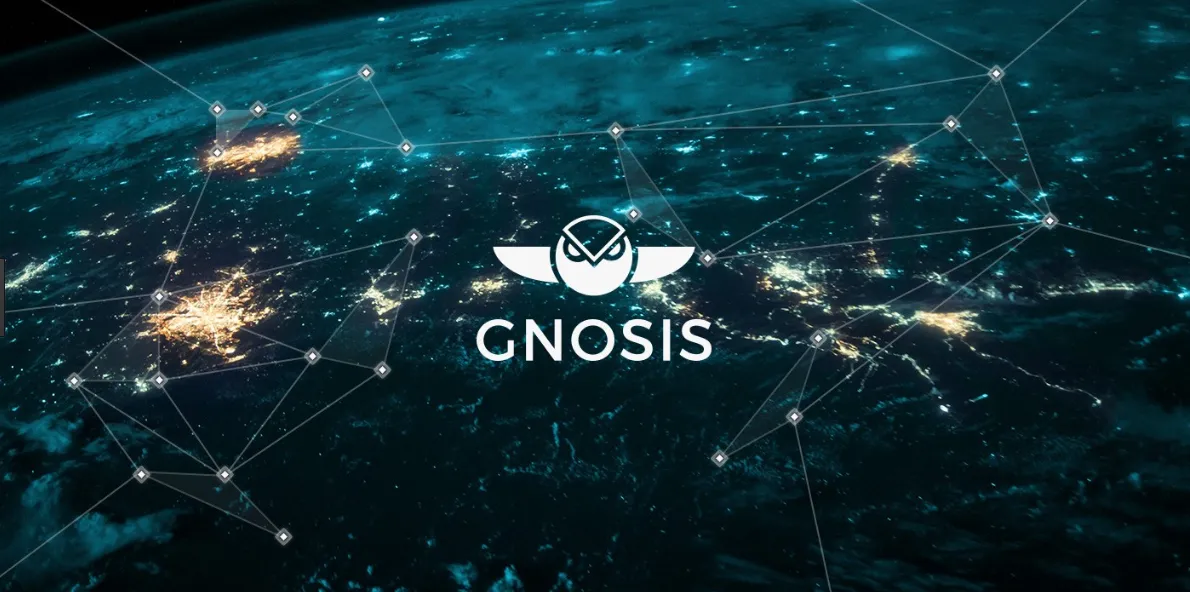
My fair price was $3.00 for the Gnosis ICO so I didn't buy any at the initial price of $30.00. From what I understand about Gnosis's design choices, it's suited for a mix of high-frequency and low-frequency market predictions. What they've only shown on their website are humanly market prediction games that we can all easily understand.
So now I'll try explaining my theory on what happened to the Gnosis ICO which collected 12,500,000 USD in just 12 minutes. Every popular projects tend to attract specific kinds of personalities. In Gnosis's case, it has attracted those who believe that a mix of both high-frequency & low-frequency prediction markets will provide extreme liquidity and volume.
They would've been mainly early adopters coming from the Ethereum crowd. For a fill-out of 12,500,000 USD, it would only take an average of 100 people 125,000 USD or 2500 ethers per person. But I would say that 1000 people with 250 ether each may be a better average representation. Anyway, this is easily achievable. 1000 people anticipating something right at the gate from anywhere around the world isn't such a big surprise. They're many different kinds of people who believed in the project so much that they were ready to fork out 250 ethers as soon as possible.
So here's the thing about great prediction markets - it will be built by people who think they have insider knowledge. You can already guess what kinds are ready to put out a good amount of money right at the start. It's also currently one of the biggest attractions for gambler-types who are confident in themselves in helping to make the project a reality. And it should continue making waves as an effect. These people will play the market and make a lot of money along the way, so again, best to take your time to study the project and figure out your fair-price, if interested.
In my opinion, the infinitely larger pool for market predictions actually comes from autonomous smart-contracts aka bots aka high-frequency entities. Add Internet-of-Things into the mix. They run at lightning speeds in the background predicting micro-events, while we humans manage the bigger shape of things in the foreground.. taking our own sweet time.
Gnosis is here to make both our physical and virtual environments more aware of what we will and should value in the future. Well, that's just a hypothesis of futarchy and now it's time to experiment. Check out Robin Hanson's paper. What is futarchy all about?
In futarchy, democracy would continue to say what we want, but betting markets would now say how to get it. That is, elected representatives would formally define and manage an after-the-fact measurement of national welfare, while market speculators would say which policies they expect to raise national welfare. The basic rule of government would be:-
"When a betting market clearly estimates that a proposed policy would increase expected national welfare, that proposal becomes law."
Futarchy is intended to be ideologically neutral; it could result in anything from an extreme socialism to an extreme minarchy, depending on what voters say they want, and on what speculators think would get it for them.
Futarchy seems promising if we accept the following three assumptions:
- Democracies fail largely by not aggregating available information.
- It is not that hard to tell rich happy nations from poor miserable ones.
- Betting markets are our best known institution for aggregating information.
A pump and dump will most likely happen when the tokens hit the market, so it's best not to buy until you're comfortable with the price. It's a lofty, ambitious experiment that will take some time. Personally, I like the idea because it's seems to be an ideologically neutral approach in governance. It supports the notion of decentralisation, as prediction markets will adjust the way value flows through the many possible abstractions of our digitised reality.
Check out GNOSIS's whitepaper, especially at the architectural design section: https://gnosis.pm/resources/default/pdf/gnosis_whitepaper.pdf
I read the whitepaper in Starbucks, and pretended that I understood what I read. But seriously, these guys spent a good amount of R&D in the project and the market has spoken - the project is highly valued. To be honest, I think STEEM / Steemit may end up being quite similar in scope too, although I think it's a matter of user experience in the end. Different strokes for different folks. Time will tell.